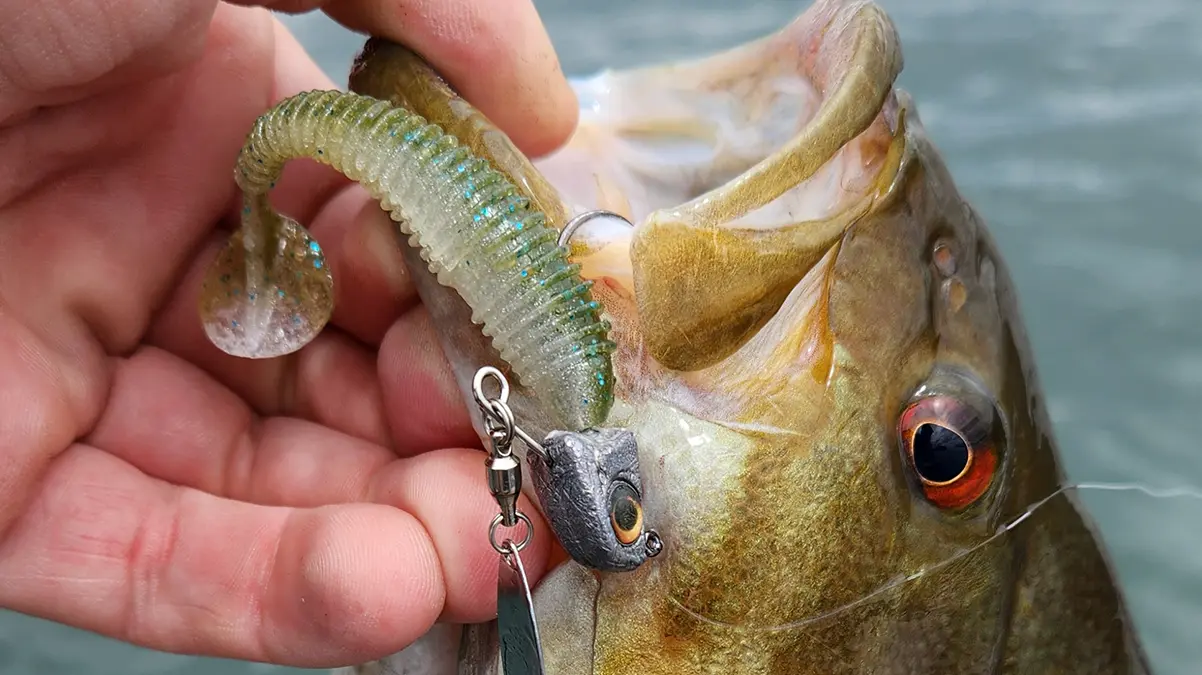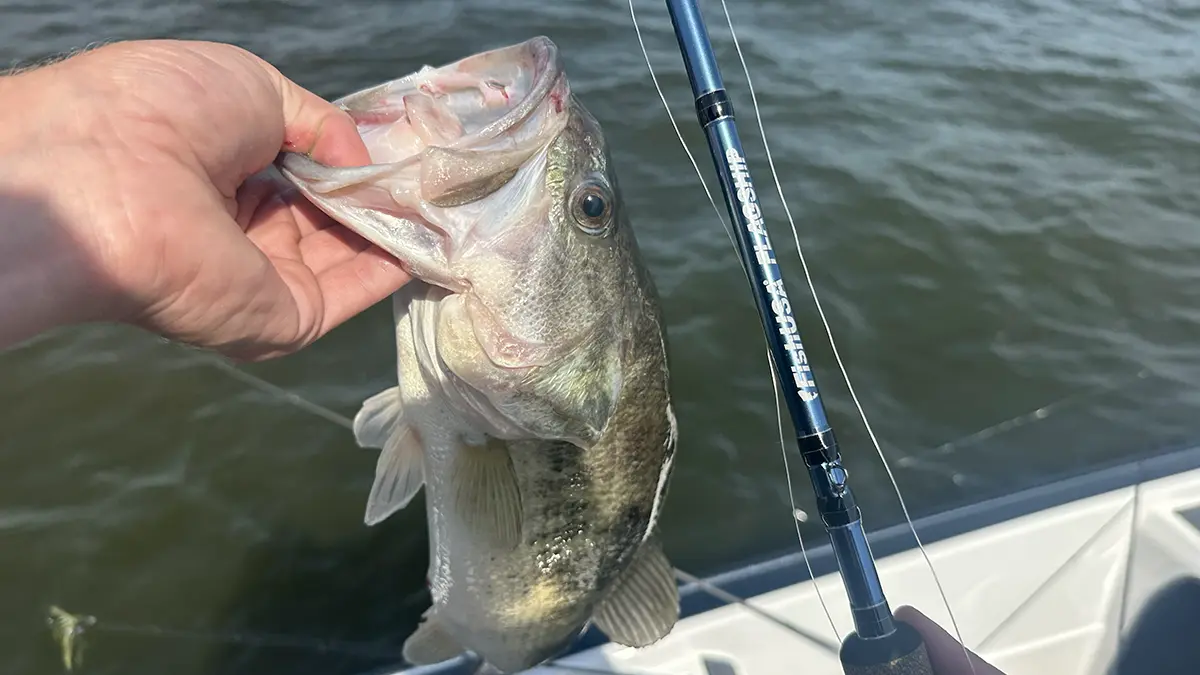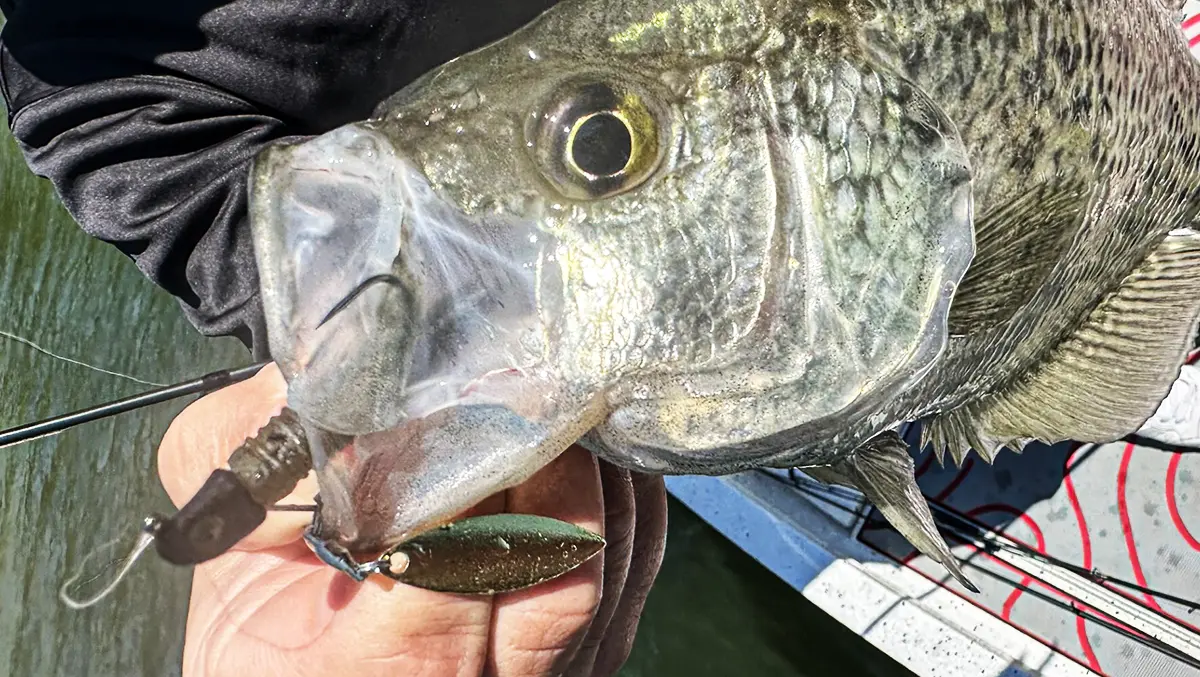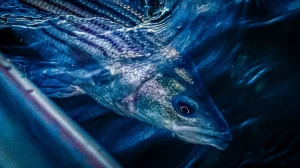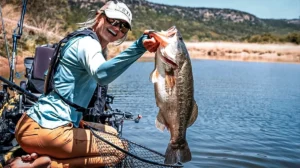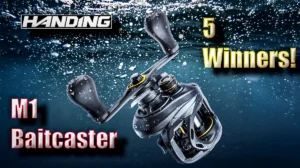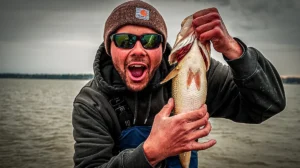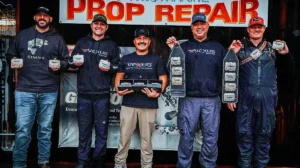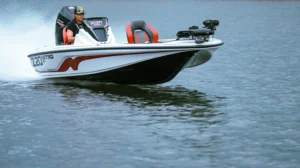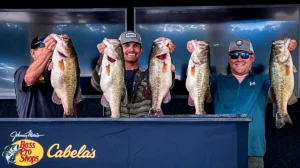An underspin is a classic lure that has been proven to catch fish all over the globe. From panfish to peacock bass, everything eats an underspin. Though these baits seem so simple, they have come a long way since the earliest models. Sizes, blades, terminal components and hook placement have all been tweaked for more bites. The newest models are even more consistent producers than their predecessors, and deserve a spot in your tacklebox as they can be a key player in any bass- and pan-fisherman’s arsenal. Here are some useful tips and tricks for these versatile baits.
LARGEMOUTH BASS
Underspins are an excellent choice for active, schooling largemouths in deep water; and fishing them couldn’t be any easier. Once you’ve located a school feeding or hanging on an offshore ledge, it’s as simple as firing the bait out there, counting it down to the depth where the fish are at then start reeling. Like any reaction-style fishing, varying retrieve speeds can make or break you, so experiment until you get bit. If you have forward facing sonar on your boat or kayak, you can see how the fish react. Use this real-time feedback and adjust as necessary, When a school of largemouth is fired up, it’s nothing to go cast for cast with an underspin. That bite is ferocious!
A longer casting rod and a high gear ratio reel with 12- to 15-pound fluorocarbon line is crucial for making long casts into schools, getting the bait at the proper depth, and picking up line quickly. When targeting largemouths, look for underspins with a large, stout hook with a big blade and ball bearing swivel. Baits such as the Fish Head Spin and the Berkley Fusion 19 underspin are perfect choices with their larger terminal hardware and stronger wide gap hooks to pair with larger baits.
Most anglers match them with larger swimbaits like a Keitech Fat Swing Impact in the 3.8- to 4.8-inch range to provide more action to entice those suspended schooling largies into biting. Minnow trailers such as a Lunker City Fin-S Fish or a Zoom Super Fluke can also be used, but more action to the bait will have to be implemented.
SMALLMOUTH BASS
The underspin is high on my list of favorite baits to target smallmouth. These can produce almost year-round, but you have to tailor your approach to the season. During the spring and early summer, you could be cruising spawning flats, casting at roaming fish looking for their next meal—similar to how the Johnston brothers and Jeff Gustafson fish a marabou hair jig. Cast one on a 7 foot, 6 inch spinning rod with light fluorocarbon line as far from the boat as possible and work it into the strike zone. During the fall, underspins can be fished around rock piles or transition zones to catch big smallmouth while they’re feeding up for winter. That little blade on the underspin can make all the difference in putting more fish in the boat during those colder periods.
As mentioned above, many underspins have a big profile for targeting largemouth. While those will work for smallmouth, smaller models entered the bronzeback scene and taken northern waters by storm. Baitfish in the northeast are generally smaller, like emerald shiners, fathead minnows and landlocked alewife, so matching that smaller profile is critical. Underspins with smaller, lighter wire hooks, compact head designs, and down-sized terminal hardware can be paired with smaller soft baits to better match local forage. Some of the most popular include the Northland Smeltinator underspin and my personal favorite, the Great Lakes Finesse Sneaky underspin. Pair these with smaller swimbaits, like a Keitech 2.8-inch Fat Swing Impact or a Beast Coast Fishing 2.85-inch Slow Flow, for the best results.
CRAPPIES AND YELLOW PERCH
Using an underspin to cover water and find panfish can be a hot ticket throughout the year. Cover as big a swath as needed to find the fish, then hold position. Once you get anchored or spot locked on the school, it can be cast after cast filling the boat with these tasty fish. I’ve sat on schools for hours with other surrounding anglers scratching their heads as to what we are crushing them on.
Underspins can also help find the biggest in those schools of fish. Crappies and perch generally school up in large numbers of the same size class, with a few bigger specimens hanging below. After locating the school, cast your underspin and work it underneath them, where it will get bit by the bruisers. Retrieve speed varies. Early in the spring, the retrieve should be slower and closer to the bottom. As the water temp gets higher, your retrieve should generally become faster. As always, let the fish tell you how they want it and that’s regardless of the species.
Usually, people think of a Blakemore Roadrunner when it comes to an underspin for panfish. That’s because it is one of the most popular underspin brands around. But there have been many advancements to help those little micro underspins put limits of panfish in the livewell. Micro ball bearing swivels are the biggest enhancement; letting even small blades spin freely. Most anglers pair them with various 2-inch plastics like Berkley Gulp minnows. But throughout the spring, Keitech Easy Shiners in 2 and 3 inch sizes have been the ticket for filling my livewell.
Hopefully this helps you put more fish in the boat using underspins. It’s such an underutilized technique and can be enjoyed by everyone.


